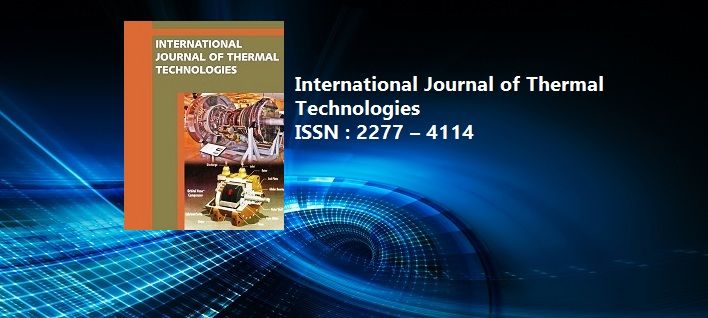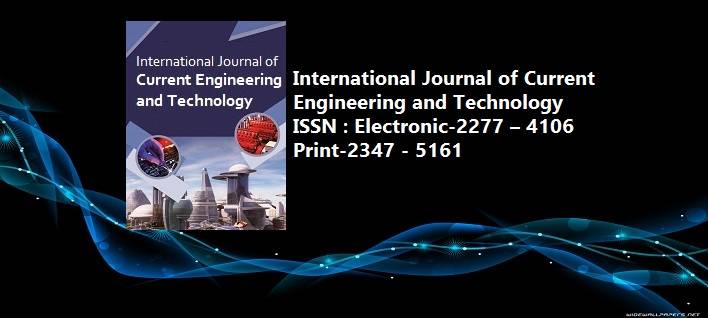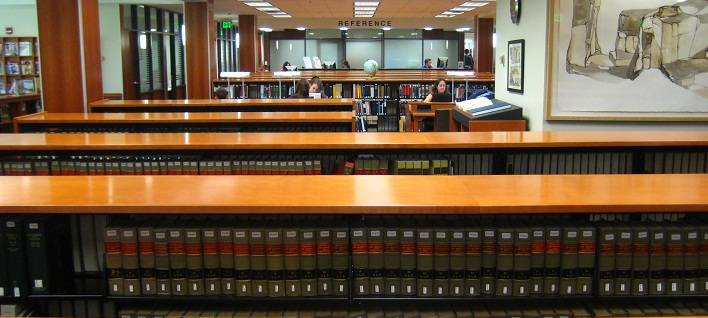Assessment and Control of Sulfate Reducing Bacteria and Scales Formation in Sea Water Used in Cooling Systems of Abu-Qir and Ataka Power Stations
Pages : 1-11
Download PDF
Abstract
Microbial biofilm and corrosion in cooling systems either in power stations or in nuclear power plants are most common problems and causing expensive equipment’s damage, loss of production and increase maintenance costs. Among anaerobic bacteria, sulphate reducing bacteria (SRB) are most often blamed because it was considered the major bacterial group involved in microbiologically influenced corrosion (MIC). We investigated how to control it chemically and also controlling the scales formed accompanying it in the closed cooling systems in two different power stations: Abu-Qir (Alexandria) station established on Mediterranean Sea and Ataka (Suez) station established on Gulf (Suez). Different categories of biocides Champion (A, B), E.C.C. (A, B) and E.P.R.I. (A, B) were used for controlling SRB growth chemically in cooling water samples. It was found that 500 ppm of Champion biocide type A was enough to make log bacterial count equal to zero recording efficiency 100%, whereas, 600 ppm from Champion type B was needed to reach the same result. For biocide E.C.C. (A, B), 600 ppm are enough for eliminate SRB log count. Also, for the biocide E.P.R.I. type A, 600 ppm was effective 100% whereas type B its efficiency reached 68.42% with the same concentration. The results indicated that Champion biocide – A type – was the most effective biocide of all investigated types for controlling SRB in the Abu-Qir and Ataka water samples. The results shows also that as the concentration of biocide increased, SRB growth decreased in presence or absence of the scales inhibitor but in the presence of the scales inhibitor Gyptron SA860N, the efficiency of the two biocides decreased by small interval values. Three types of scales inhibitors were used in this work with commercial names Gyptron SA860N, Gyptron SD132 and Gyptron SA3480and their effects on scales forming were studied. Gyptron SA860N was found to be the most efficient scales inhibitor for the water samples taken from the two stations. Finally, this study provided methodological support for the responsible for building the conventional and nuclear power stations, aiding in the search for alternatives to prevent possible problems associated with the presence of microorganisms responsible for biocorrosion.
Keywords: Power Stations, Cooling systems, Sulphate reducing bacteria, Biocides, Scales inhibitors



















 MECHPGCON, MIT College of Engineering, Pune, India
MECHPGCON, MIT College of Engineering, Pune, India AMET, MIT College of Engineering, Pune, India
AMET, MIT College of Engineering, Pune, India International Conference on Advances in Mechanical Sciences
International Conference on Advances in Mechanical Sciences  International Symposium on Engineering and Technology
International Symposium on Engineering and Technology International Conference on Women in Science and Engineering
International Conference on Women in Science and Engineering




